Employee turnover rates are at historic highs right now, with some surveys reporting that almost 40% of workers are planning to look for a new job within the next 12 months. This level of turnover can have detrimental impacts – from high recruiting costs and lower productivity to loss of vital institutional knowledge and strained workplace culture. Many organizations struggle with toxic environments and a lack of growth opportunities that ultimately push valuable employees out the door.
Implementing strategic career development initiatives can strengthen staff retention by setting your workplace apart as a learning organization invested in supporting continuous skills development. When employees feel empowered, challenged, and supported to expand their capabilities and opportunities from within a company, they are far more likely to envision long-term career growth without looking elsewhere.
In this article, we will unpack the fundamental components of impactful and rewarding career development programs aimed at improving retention. Rather than generic one-size-fits-all training, we will focus on targeted initiatives tuned to your workplace context and people. Proper evaluation of program effectiveness is vital – not just for improving skills but also for monitoring key retention metrics over time after implementation.
Table of Contents
Problems With Poor Career Development Programs
Many organizations implement career development initiatives without proper forethought, follow-through, or alignment with employee needs and business goals. This leads to wasted resources and a lack of return on investment in the very staff retention these programs are meant to improve. Some of the most common pitfalls include:
1. Lack of Personalization
Generic training programs often do not translate into growth opportunities for unique individual strengths and interests. When employees feel pigeonholed into one career track that does not optimize their skills, they end up feeling stalled out and overlooked. Personalized career development tuned to employee aspirations and talents is key for retention.
2. Misalignment with Roles
As workplace needs rapidly evolve, often skills training and development lag behind adapting to new tools, technologies, and methodologies. Outdated development frameworks no longer match up with requirements for employees to excel in their jobs. This causes confidence gaps, frustration, and skills mismatches that prod employees to find better-aligned opportunities externally.
3. Lack of Growth Pathways
Even well-trained employees will leave without clear upward mobility pathways that reward increased capabilities. Training itself does not guarantee promotion opportunities will open up to utilize enhanced skills. Career development and staff retention rely heavily on visible internal growth pathways to aspire towards.
4. Poor Program Administration
Development initiatives like tuition reimbursement, skills training subsidies, mentorship programs and more require concerted effort and administration for optimal utilization. When packaged as more check-the-box perks without dedicated resources to organize, promote, support and track their usage, they will inevitably underdeliver on motivation and retention returns.
5. Lack of Objective Evaluation
Many organizations passively continue stale and ineffective career development regimes without putting in place objective metrics to measure tangible returns on staff capabilities, career trajectory, job satisfaction, and ultimately retention. Robust evaluation frameworks for development programs against key performance indicators allow you to objectively assess the impact on the very staff retention goals these investments aim to achieve long-term.
What are the Essential Elements of Good Programs?
If you want to improve staff retention through career development initiatives, there are key program elements that must be included for optimal motivation and results.
1. Personalized Development Plans
The needs and aspirations of a 20-year veteran manager are vastly different from a green engineer just starting their career journey. Provide frameworks for employees at all levels across the organization to craft individual development plans that speak to their personal career goals and unlocked potential – not just current role requirements.
2. Mentorship Programs
Assign knowledgeable mentors to coach and champion rising employees based on development areas of interest, not just job function. Retention thrives when people expand perspectives beyond day-to-day tasks into wider career possibilities they connect with. Mentor-driven development builds loyalty.
3. Tuition Reimbursement
Support continuous learning by subsidizing advanced or supplementary education in areas of interest that may not directly relate to an employee’s role but spark their engagement. Investing in professional growth outside work builds goodwill and retention, even if new skills don’t slot into immediate job openings.
4. Soft Skills Training
Effective communication, critical thinking, problem-solving, collaboration and other human strengths separate thriving employees from early burnout or redundancy. Prioritize regularly developing these portable capabilities through various career development channels to circumvent disengagement or stagnancy risk factors.
5. Job Shadowing
Let interested employees get a window into roles they aspire towards by shadowing more veteran personnel. Getting a taste for dream job possibilities fosters motivation to stick around and work towards career movement when they see first-hand how their workplace can get them there through the strongest retention-oriented career development.
Successful Examples of Career Development Driving Retention
Implementing robust and personalized career development at scale requires investment, forethought, and follow-through. But organizations that get it right see massive returns in building an engaged, empowered workforce positioned for long-term retention and internal mobility.
IBM Overhauled Their Skills Framework
Technology giant and services leader IBM struggled with wider tech industry talent retention issues tied to accelerating skills disruption and the need for continuous capability renewal. By surveying employees and working cross-functionally on a complete skills overhaul, IBM sized up gaps hampering growth. This informed a targeted career development revamp called Your Learning focusing on personalized learning pathways tuned to professional passions and business mandate skills needs.
Impact: Voluntary attrition rates dropped by over 5% as skills traction and internal mobility accelerated career development opportunities.
PwC Boosted Its Training Budget
“Big Four” accounting leader PwC has always been talent-driven. However, leadership saw opportunities to double down even further on career development initiatives tailored to nurturing rising employees faster and more broadly. By expanding training department budgets and working on better aligning current workforce aspirations to expanded growth pathways, PwC aimed to enhance professional skills while making sure talent could visualize growing without leaving.
Impact: Voluntary turnover dropped below 10% on the back of personalized development and clearer career mobility – extremely low for a demanding professional services environment requiring consistent upskilling.
Key Takeaways
With the modern workforce more dynamic than ever, agile career development is crucial for engaging employees focused on continuous growth from within organizations rather than jumping ship.
Rather than default to outdated or misaligned training regimes, take time to re-evaluate your career development frameworks using the following guidelines:
- Assess workforce capability gaps hampering attraction and internal mobility pathways
- Survey employee aspirations to understand personalized growth areas of interest
- Map expanded personalized development opportunities to nurture modern workforce capability needs
- Track tangible returns on investment through key performance indicators like job satisfaction, competency gains, new role placements and ultimately – improved employee retention
At the end of the day and a career, people want to feel valued, challenged, supported and rewarded for who they are and hope to become. Companies late to reshape career development initiatives to meet both evolving workforce needs as well as personal and professional growth ambitions will continue struggling with retention.
Make career development a strategic anchor and calling card for your employee value proposition if you aim to assemble, motivate and retain top talent over the long term. Keep people excited to grow with you rather than grow past you when envisioning their best future selves.
Article you might be interested in: Why Internal Mobility Matters For Better Employee Retention?
Conclusion
With the costs of high turnover through recruiting, onboarding, and lost productivity so detrimental in today’s market, focusing resources on career development to motivate and retain top talent is one of the smartest workforce investments an organization can make.
The modern workforce knows their worth and has high expectations of employers to nurture personal and professional aspirations if they are going to commit their talents long-term. Strategic training, educational and mentorship opportunities fine-tuned to help employees continuously expand capabilities, visibility and internal mobility pathways have become prerequisites to competitive staff retention strategies.
Don’t just assume your current frameworks are sufficient to give employees what they need to develop skills and careers that keep them intrinsically rewarded and invested in staying. Carve out initiatives tailored to individuals, shaped by their input, focused on capability gaps your organization needs to be filled from within.
The return on investing in career development for retention pays off many times over through sustained productivity, lower hiring costs, smooth succession planning, preserved institutional knowledge, and a strong workplace culture. Make it central to talent management strategies rather than just a tacked-on perk without purpose. Employees will feel the difference between genuine commitment and empty gesture.
Commit today to evaluating and transforming approaches to career development programs with clear ties to nurturing, challenging and advancing employees in areas of aspirational interest to them. This fosters an engaged, loyal workforce positioned for long-term retention and shared success.

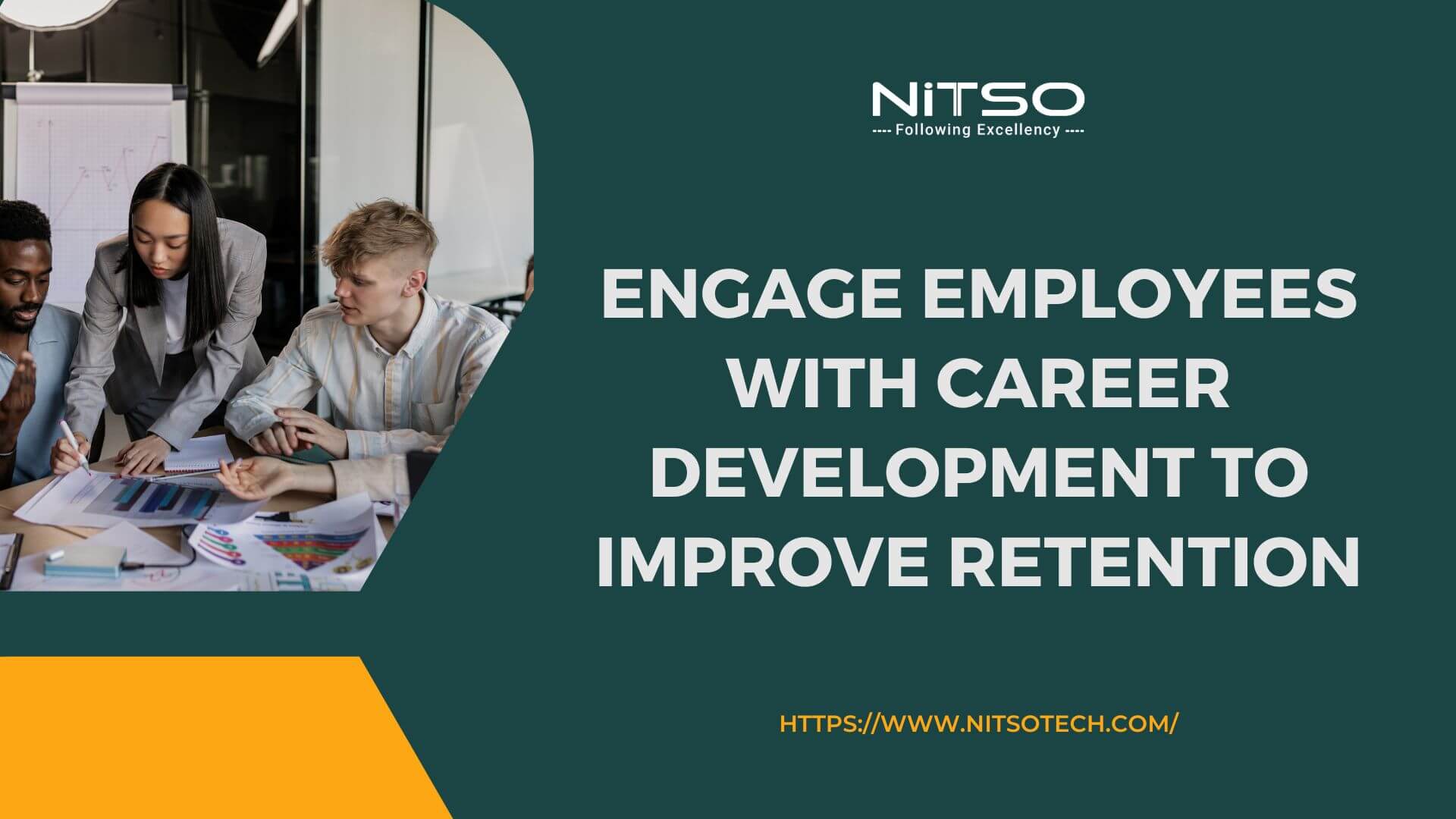

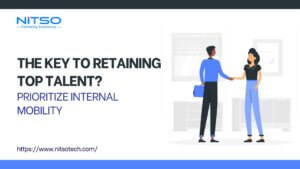
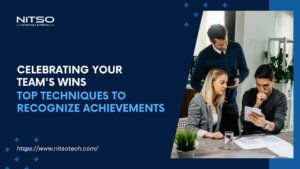
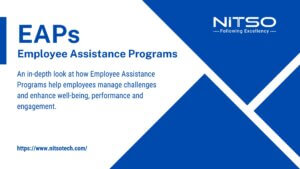
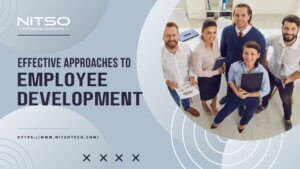

0 Comments